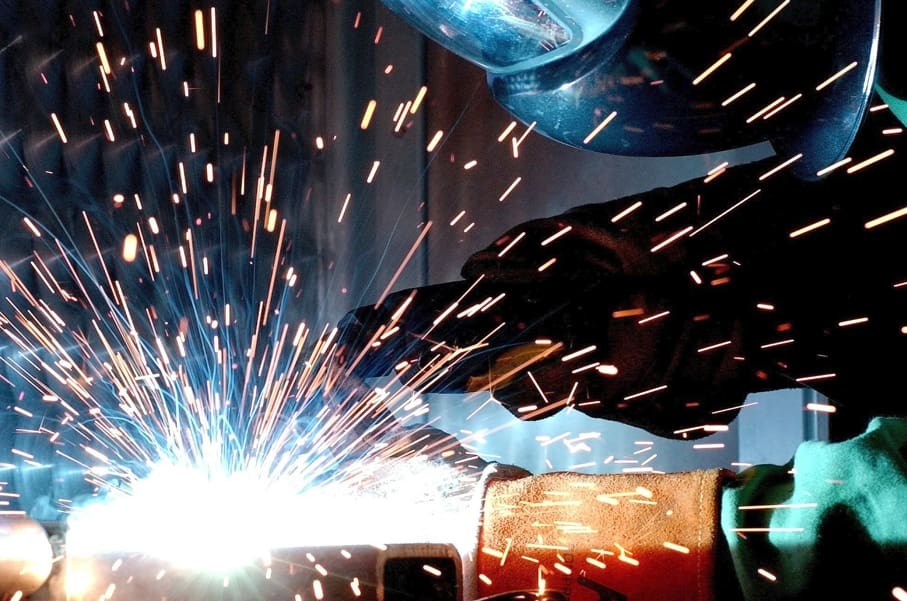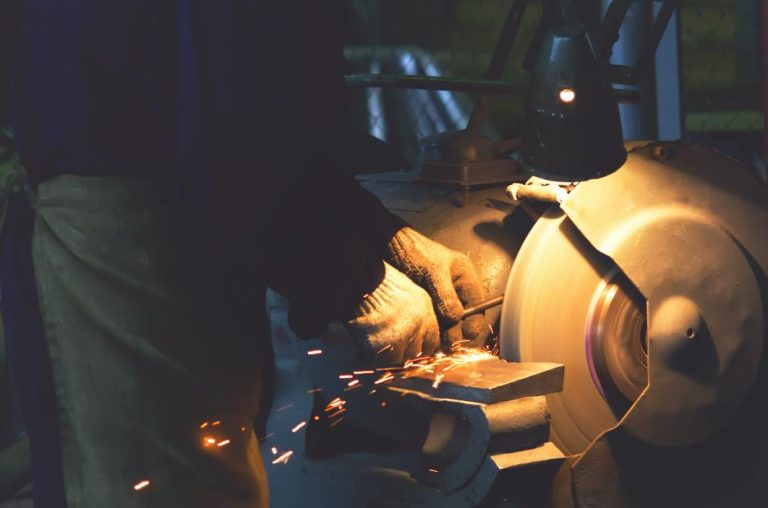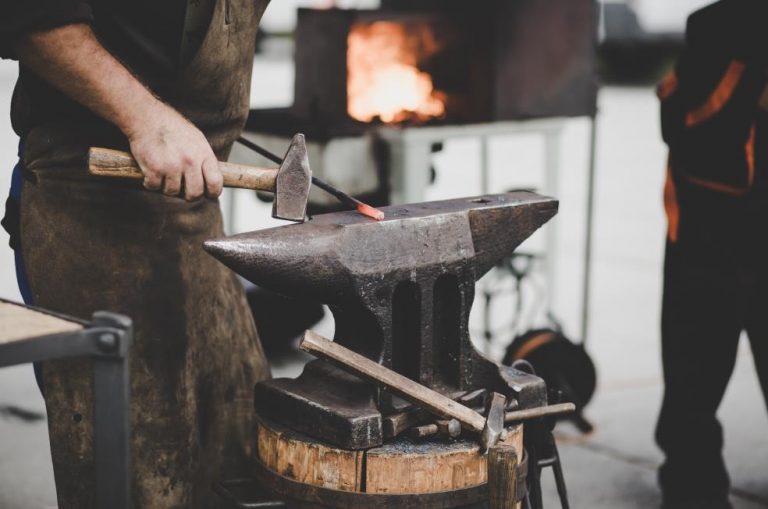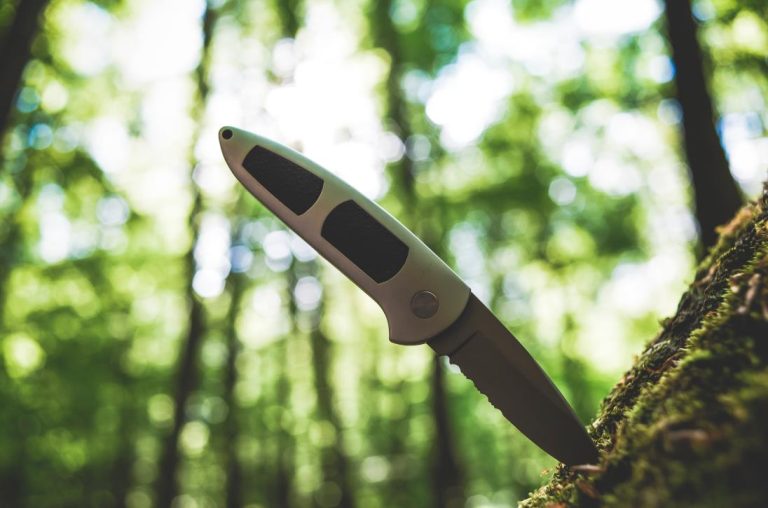Maxamet steel is a super high-speed powder tool steel known for its exceptional strength and hardness. Developed by Carpenter, it contains a high concentration of tungsten and cobalt, which significantly contributes to its wear resistance and overall toughness. Its composition makes it particularly suited for knife blades that require a very, sharp, durable edge that can withstand rigorous cutting tasks.
As a material, Maxamet stands out for its extremely high hardness. As well as the ability to hold an edge longer than many other types of steel. Which are paramount features for blades and cutting tools that undergo heavy use. The production of Maxamet steel involves a complex powder metallurgy process that ensures a uniform distribution of carbides in the alloy, leading to improved hardness and wear resistance. These characteristics make it a desirable choice for knife enthusiasts looking for high-performance cutting tools.
Overview of Maxamet steel
Maxamet is a very hard steel with a hardness that averages 70 HRc under standard heat treatment. Which may be considered an overkill by many if not most cutting tasks that requires a knife, especially chef knives.

Definition and origin
Maxamet Steel is categorized as a super-high-speed powder tool steel, encompassing a distinct combination of elements that contribute to its high wear resistance and hardness. This alloy is primarily made by mixing carbon, tungsten, molybdenum, vanadium, and cobalt at fixed defined proportions, which imparts remarkable toughness and longevity to the steel.
Carpenter Technology, an American company renowned for its engineering expertise in the production and development of various steels and special alloys, is credited with the development of Maxamet steel. The company’s focus was on creating a steel that provides superior edge retention for cutting implements and a variety of industrial tools, satisfying a niche that demands performance beyond conventional tool steels.
Buy Wholesale Knives and Start Scaling up with Us Today
Contact us and connect with a sales rep to get a free quote.
Chemical composition
Maxamet steel is known for its exceptional hardness and edge retention. This is primarily due to its unique chemical composition, which is high in certain carbide-forming elements. Here’s a breakdown in approximations that will help you appreciate what sets this material apart:
- Carbon (C): 2.15%
- Chromium (Cr): 4.75%
- Tungsten (W): 13%
- Vanadium (V): 6%
- Cobalt (Co): 10%
- Magneses (Mn): 0.30%
- Silicon (Si): 0.25%
- Sulfur (S): 0.07%
In Maxamet steel, the interplay between these elements creates a matrix that’s well-suited for cutting tools and applications where maintaining a sharp edge is crucial. The high percentage of Tungsten and Vanadium in particular is responsible for the formation of hard micro-structures within the steel, ensuring durability and prolonged edge retention.
Performance as a knife steel
Maxamet steel boasts remarkable performance characteristics in terms of hardness, edge retention, and wear resistance. But lacks in the sharpening, and rust resistance departments. These attributes are pivotal for your understanding of its quality and application.
Hardness and edge retention
Maxamet steel is renowned for its high hardness, often measuring up within the range of 67-70 HRC (Rockwell Hardness Scale). This high level of hardness directly contributes to superior edge retention, allowing your blades to maintain sharpness through extensive use.
Wear resistance
Your Maxamet blade exhibits excellent wear resistance due to its robust microstructure. This makes it an advantageous steel for heavy-duty cutting tasks as it is less likely to degrade over time.
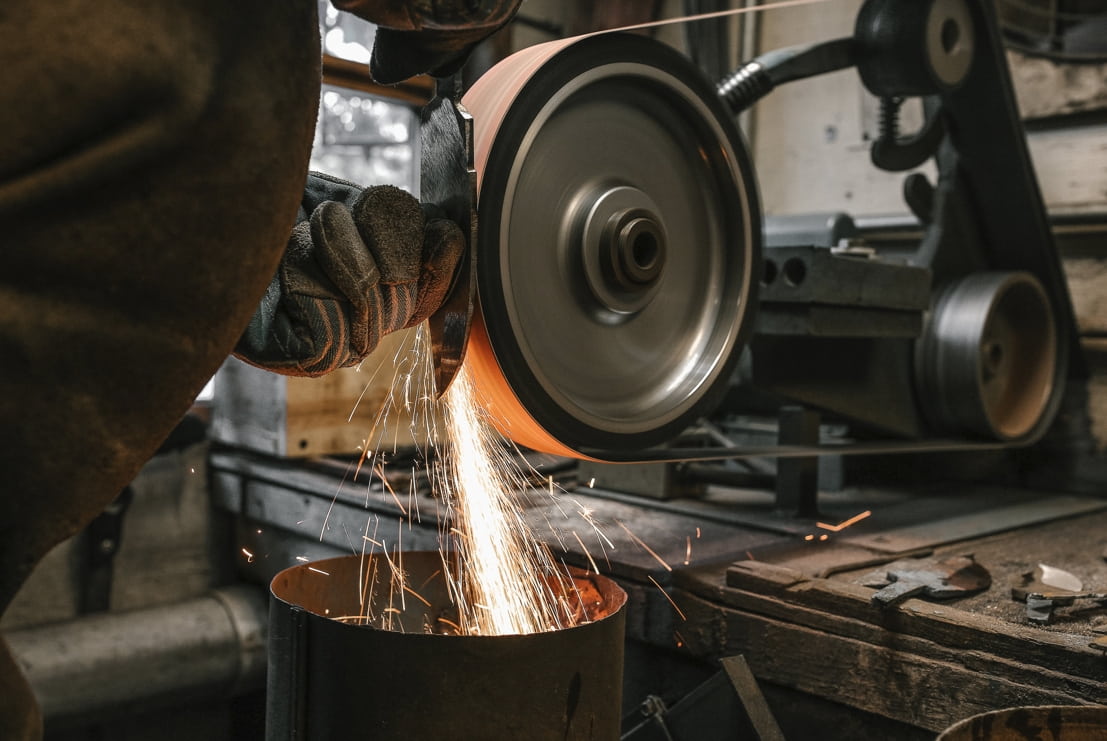
The very characteristic that gives Maxamet its exceptional longevity—its hardness—also renders it relatively challenging to sharpen and grind. Which also makes manufacturing the knife a highly skilled task. For users, sharpening a Maxamet blade requires advanced sharpening tools, such as diamond or ceramic stones.
Toughness
While Maxamet steel offers immense hardness and wear resistance, it is worth noting that its toughness is moderate. Extreme hardness often comes at the expense of reduced toughness, which means your Maxamet tools could be more susceptible to chipping under severe strain. Though it is no where as brittle as high-carbon steel like 1095.
Rust resistance
In terms of rust resistance, Maxamet is less resilient compared to other stainless steels. It requires mindful maintenance and possible protective coatings to prevent corrosion, especially in humid or marine environments.
Should you consider Maxamet for your products?
There are notable advantages to using this steel, but we strongly recommend against manufacturing knives using Maxamet. The heat treatment for the steel is extremely challenging, and the advantages it brings cannot justify the challenges. Moreover, the steel is incredibly expensive, and has a much smaller target customers.
When considering Maxamet steel for manufacturing knives, be aware of its superior edge retention and wear resistance, but also its cost and potential for chipping.
Buy Wholesale Knives and Start Scaling up with Us Today
Contact us and connect with a sales rep to get a free quote.
Pros of Maxamet
Hardness: Maxamet create fine cuts and can complete most cutting tasks due to its ridiculously high 70 HRc.
Exceptional edge retention: Maxamet steel knives will hold an edge longer than knives made from most other steels. This is due to Maxamet’s fine microstructure and high hardness, which translates to less frequent sharpening for the end-user.
Wear resistance: Maxamet knives will exhibit remarkable wear resistance. Their ability to withstand abrasion means they are less likely to degrade over time, offering a longer-lasting product to your customers.
Cons of Maxamet
Cost: The high-performance characteristics of Maxamet come with a higher price tag. Your initial investment in raw materials will be greater, potentially impacting your pricing strategy and profit margins.
Chipping: The very properties that give Maxamet its exceptional wear resistance and edge retention may also make it more susceptible to chipping if subjected to lateral forces or used on hard materials.
Corrosion resistance: Maxamet is less resistant to rust compared to other stainless steels. You’ll need to educate your customers on proper maintenance to prevent corrosion, which could include regular oiling and dry storage.
Hard to manufacture: It is extremely hard using Maxamet to produce knife blades. It requires many resources and skills from the manufacturers.
Maxamet vs other steel
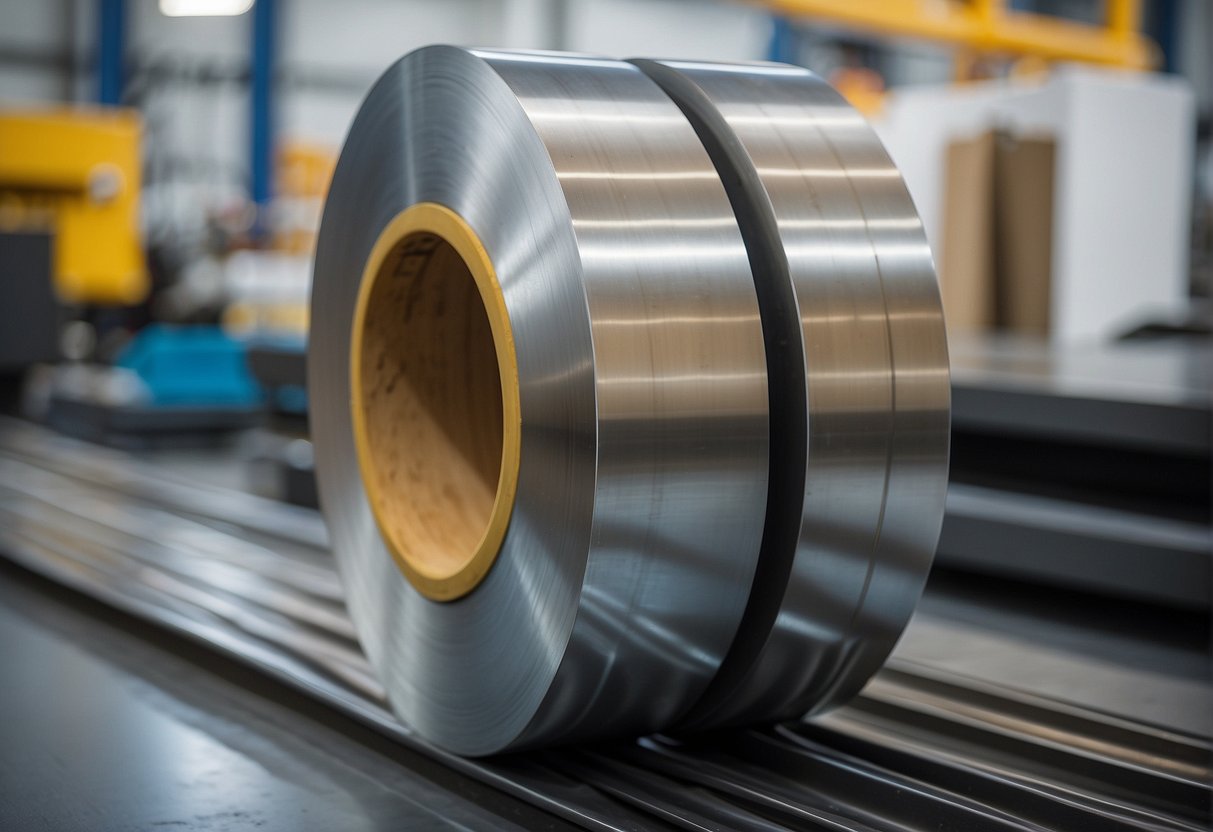
Maxamet steel is a tool steel known for its exceptional hardness and edge retention abilities. This section provides a focused comparison between Maxamet and other notable steels.
M390
M390 steel is renowned for its exceptional corrosion resistance and high wear resistance, making it a top choice for premium knife blades.
Choose M390 if you prioritize a combination of superior corrosion resistance, excellent edge retention, and a blade that is easier to sharpen compared to Maxamet. It is a popular choice for those seeking a high-performance steel for everyday use and outdoor activities.
S110V
In contrast to Maxamet steel, S110V can not achieve the same extreme hardness and wear resistance levels. Opt for S110V if you prioritize a steel with impressive corrosion resistance, excellent edge retention, and relatively easier sharpening when compared to Maxamet. It is a well-regarded choice for users seeking a versatile high-performance steel for everyday cutting needs.
CPM CruWear
CPM-CruWear steel is known for its excellent balance between wear resistance and toughness. With a composition that includes high levels of vanadium, molybdenum, and tungsten, this steel offers remarkable edge retention while maintaining a good level of toughness. It is often favored by knife enthusiasts and makers for applications that demand durability and edge longevity.
When compared to Maxamet steel, CPM-CruWear is generally easier to sharpen, making it more accessible for users who prioritize maintenance. While it may not achieve the same extreme levels of hardness as Maxamet, its combination of toughness and sharpenability makes it a versatile choice for various cutting tasks. Consider CPM-CruWear if you seek a steel that strikes a balance between durability and ease of maintenance in comparison to Maxamet.
REX 121
The extreme hard steel, REX 121, has a higher carbide volume which translates to potentially even higher wear resistance than Maxamet, albeit with even more difficulties in sharpening and decreased toughness that may limit its application.
In summary, your selection between Maxamet and other tool steels should focus on the specific application and the value you place on characteristics such as wear resistance, ease of maintenance, and overall toughness.
Find the perfect steel to manufacturer your knife
If you are struggling to find the perfect steel to manufacture your knife and want to be educated on this matter, why not contact LeeKnives? We have all the knowledge about forging knives using a variety of steel. We can help you find the best materials and assist you in manufacturing them, with added private label and OEM services. Contact us now, see our work in action!
